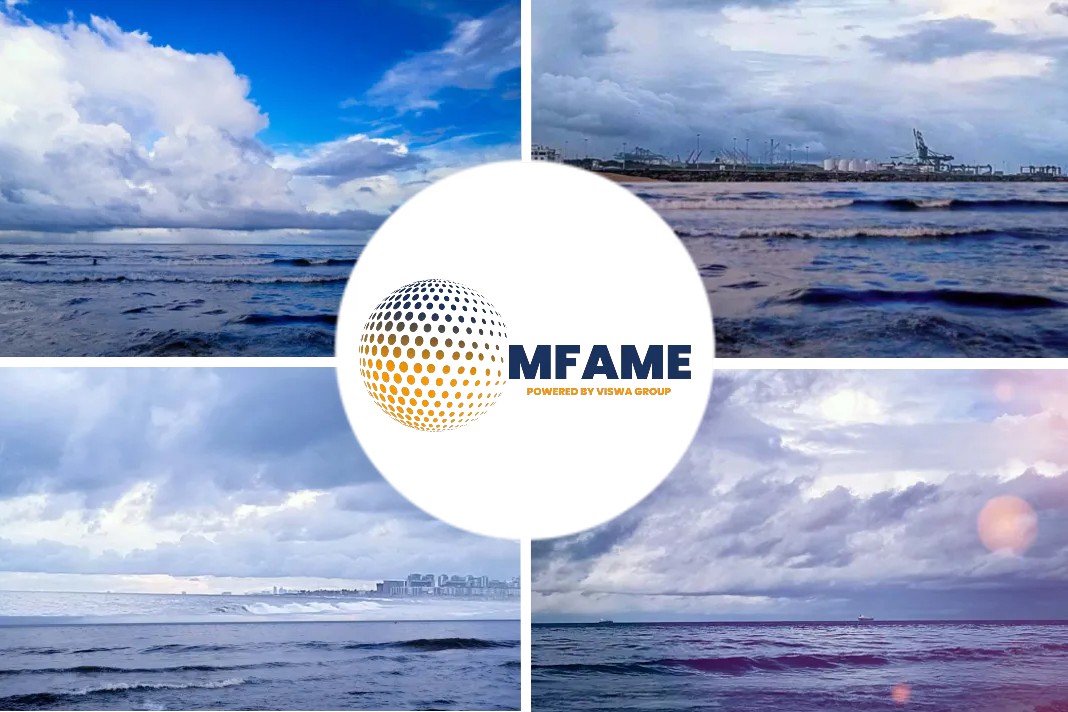Less than three years after the IMO 2020 transition, a quarter of the global fleet is back using HSFO as its primary fuel — and taking record bunker-bill discounts for doing so, reports Ship&Bunker.
Rise in the scrubber-equipped fleet
About 24.5% of the global fleet by tonnage, or 4,730 ships in outright numbers, now have scrubbers fitted, according to a Clarksons Research note published on Wednesday. 26 newbuilds with scrubbers equipped have been ordered in 2022, following 268 orders last year.
Ignoring other factors, this rise in the scrubber-equipped fleet should be delivering a narrowing spread between VLSFO and HSFO, the measure of how much these ships can save on their fuel bills, as demand rises for the latter.
But the average VLSFO-HSFO spread at key bunkering ports stood at $420.50/mt on Tuesday, according to Ship & Bunker’s G20 index, a record high. The spread narrowed again to $380.50/mt by Thursday as global crude prices slumped.
Refineries in Europe and the US are running at significantly increased capacity to replace Russian middle distillate products that the West is no longer willing to import. The knock-on effect from this is much higher residual fuel oil output, and this product has few outlets and thus much of it ends up in the HSFO bunker pool.
Russian fuel oil is also no longer being taken to the US Gulf for use as a refinery feedstock, and much of this unwanted oil is rumoured to be re-emerging into the bunker market.
That has led to HSFO prices consistently underperforming VLSFO in recent months, with Ship & Bunker’s G20 VLSFO-HSFO spread widening by $221.50/mt between the start of May and the start of July.
“HSFO is likely to continue to be cheap while we are dealing with Russian, Iranian and Venezuelan sanctions,” Adrian Tolson, head of consultancy BLUE Insight, told Ship & Bunker on Friday. “These fuels will find their way into the bunker market as they are unable — particularly in the case of Russia — to find their traditional feedstock markets.”
HSFO’s Share Rising
The growth in HSFO demand from scrubber-equipped ships is also making its presence felt in official bunker volume statistics.
Out of Singapore, Rotterdam, Fujairah and Panama, Panama showed the most growth in HSFO’s share of its bunker sales in the first quarter.
HSFO took up 27.7% of Singapore’s sales in the first three months of the year, up from 24.3% a year earlier. At Rotterdam the share fell slightly to 27.6% in Q1 2022 from 27.9% a year earlier. Fujairah’s Q1 2022 share was 19.2%, up from 17.1% a year earlier, and Panama’s Q1 2022 share was 25%, up from 17.5% a year earlier.
Singapore’s share peaked at 28.9% in March — the highest since 2019 — but declined in April following its HSFO contamination problems in February and March. HSFO’s share there was 25.2% in April and 26% in May.
Payback in Six Months
With nothing short of a global collapse in crude prices likely to narrow the VLSFO-HSFO spread significantly, the future looks bright for scrubber installations.
“If you are a big container ship using about 100 mt/day, and maybe sailing 25 days per month — at 2,500 mt/month with $400/mt savings that’s $1 million per month,” Tolson said.
“Within six months you could pay off any scrubber.”
Did you subscribe to our daily Newsletter?
It’s Free! Click here to Subscribe
Source: Ship&Bunker
















